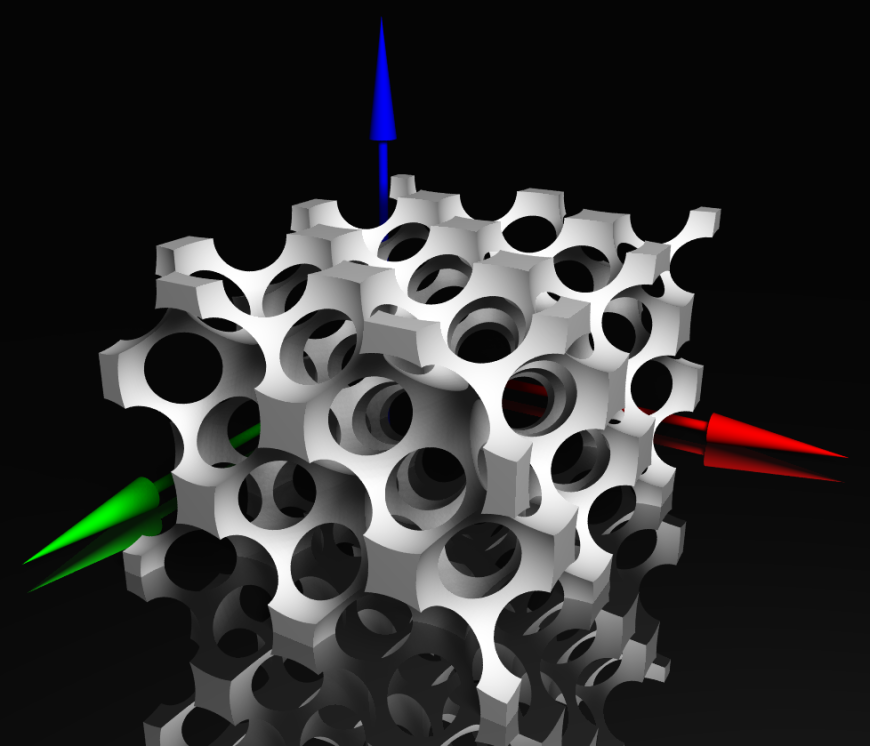The Influence of Surface Stress on the Chemo-Mechanical Behavior of Inverse-Opal-Structured Electrodes for Lithium-Ion Batteries
New publication in the Journal of the Electrochemical Society
2020/01/16

Inverse opals (IO) are three-dimensional ordered porous microstructures with a large specific surface area and high mechanical stability. They exhibit nanoscale geometric features, where surface stresses gain an appreciable impact on the elastic behavior and electrochemical surface reactions. With this study, we aim to gain an understanding of the influence of an IO cathode's geometry on its chemo-mechanical behavior. We are particularly interested in the impact of the IO's pore radius on the mechanical stresses, charge kinetics, and the magnitude of capacity losses. To that end, we performed a Finite Element study considering stress-coupled diffusion, mechanically modulated surface reactions, and surface-stress-induced bulk stresses. An inhomogeneous pressure develops in the polyconcave electrode structure, effecting a local reduction of electrode overpotential. This leads to size-dependent losses in the accessible capacity of the electrode material. Its high surface-to-volume ratio, on the other hand, results in significantly enhanced insertion/extraction rates. With decreasing pore size, we observe both faster insertion and a reduction in the achievable lithiation. An optimal electrode pore radius can thus be determined from balancing the requirements of high charge rate against the surface-stress-induced losses in the accessible capacity.



